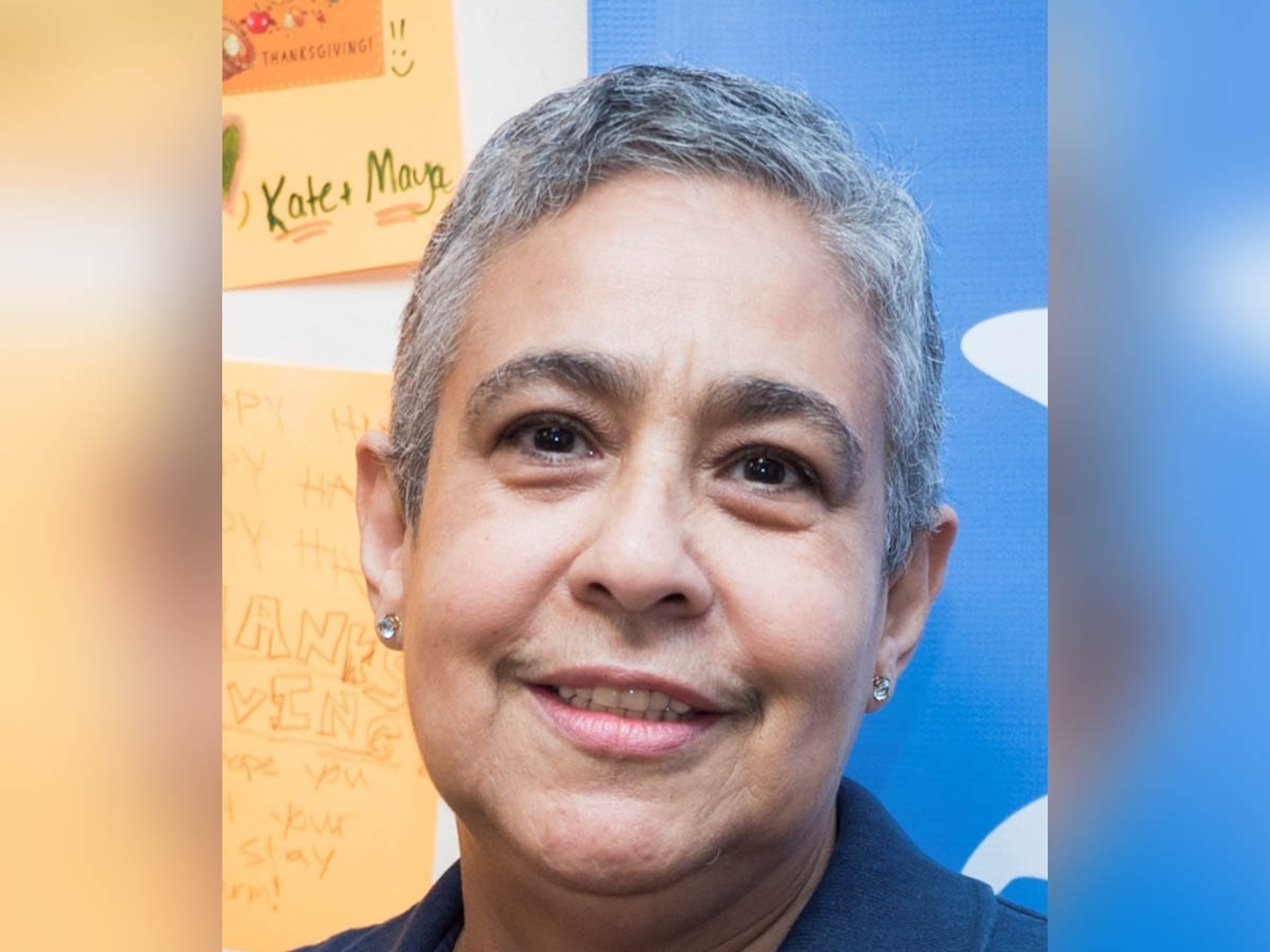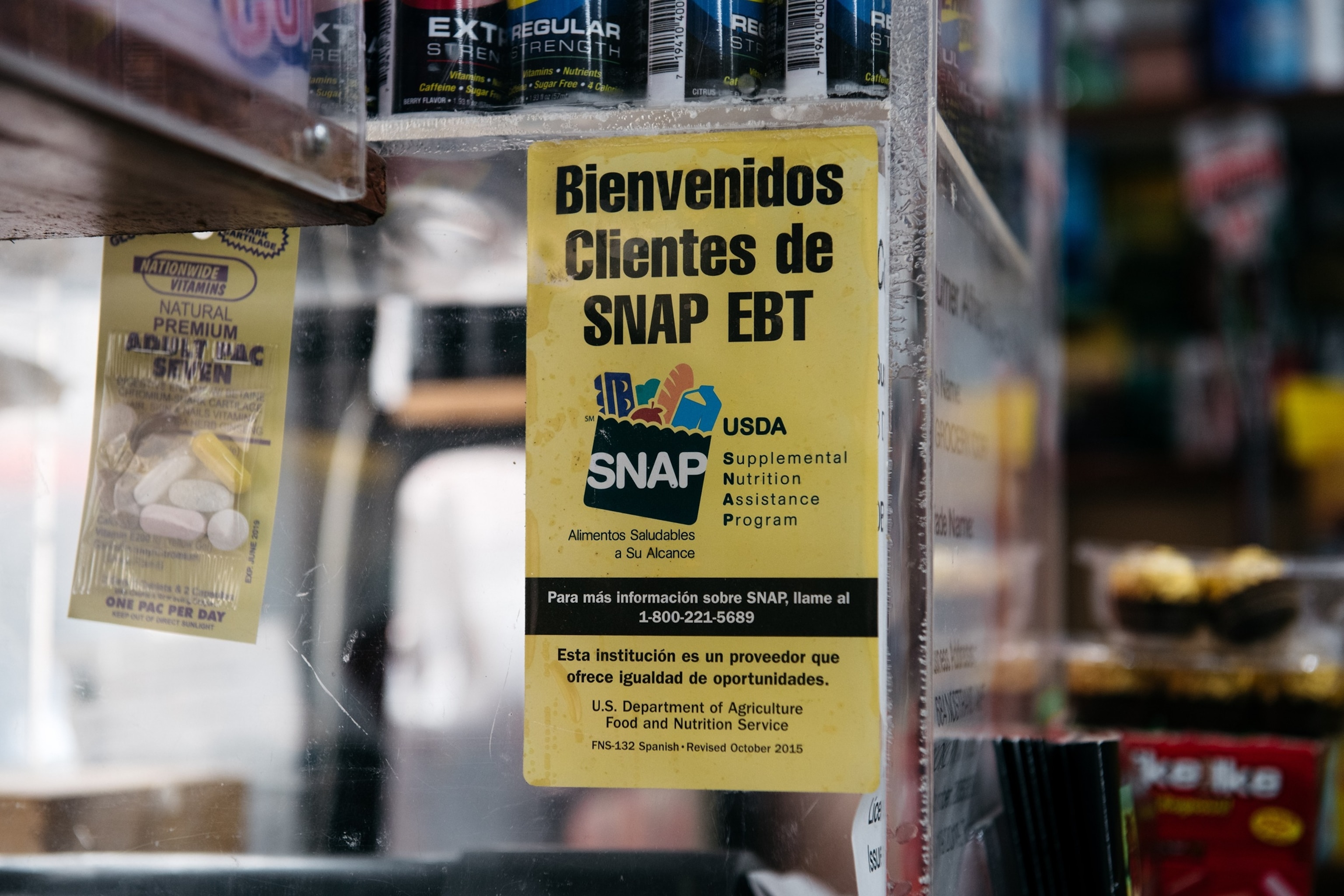About 42 million Americans are poised to lose their Supplemental Nutrition Assistance Program (SNAP) benefits when federal funding comes to a halt on Nov. 1 amid the government shutdown.
The U.S. Department of Agriculture (USDA) said it would not use emergency funds to help cover benefits and posted a message on its website over the weekend that “the well has run dry.”
SNAP, sometimes called the food stamp program, is a federal safety net program with eligibility based on income, household size and household expenses. About 260,000 retailers, including supermarket chains, discount grocery stores and farmers’ markets, are authorized to accept SNAP benefits and receive reimbursements for doing so.
Congressional Republicans and the USDA have blamed the freeze on Senate Democrats’ unwillingness to approve a continuing resolution to fund the government. Meanwhile, Democrats have held fast to their demands that negotiations be made over Affordable Care Act subsidies before the government is reopened.
Some hunger relief and food insecurity organizations said funding for SNAP already suffered a hit after President Donald Trump’s megabill included $186 billion in cuts to the program. With no emergency funding set for Nov. 1, millions could be at risk of going hungry, the organizations say.
“If 42 million Americans and more than 260,000 retailers don’t receive $8 billion worth of grocery support in a week’s time, we are going to see the greatest hunger crisis since the Great Depression, and that’s not hyperbole. That’s just true,” Joel Berg, CEO of the non-profit Hunger Free America, told ABC News.
Americans who receive SNAP benefits told ABC News they are worried they won’t be able to properly feed themselves or their families and may have to choose between paying for groceries or paying for household expenses.
A sign alerting customers about SNAP food stamps benefits is displayed at a Brooklyn grocery store, Dec. 5, 2019, in New York.
Scott Heins/Getty Images
‘I don’t want to ask for help’
Martina Santos, 67, from the Bronx, New York, said she receives about $290 a month in SNAP benefits.
If she loses the benefits, Santos, a board member and volunteer at West Side Campaign Against Hunger — which helps New Yorkers access emergency food — told ABC News she may have to find a food pantry to fill in the gap that the government would leave.
She added that she may have to hold off on paying some bills because she will have to spend the money she has on food or other living expenses.
“I’m going to be waiting to pay my electricity bill and also my internet bill,” Santos said. “I have four kids. I don’t want to ask for help [from] my family. They have their own family. They got their own bills. I don’t want to be, like, on top of them, ‘I need help. I need help. I need help.'”
Santos, who said she has high blood pressure and diabetes, said eating healthy foods is a big part of keeping her conditions under control.
She said she is worried that not being able to receive SNAP benefits to buy healthy foods may worsen her conditions, and she is considering skipping meals in a worst-case scenario.
“I try to eat healthy … to [bring] blood sugar levels down or my high blood pressure [down],” Santos said. “For me, there’s going to be an impact and [I am] scared about my condition too”
Berg, from Hunger Free America, said that charitable food systems — such as food pantries, food banks and soup kitchens — will do the best they can to fill the gaps left behind by the federal safety net freezing.
However, local food programs may not be able to meet the dietary restrictions of Americans who were otherwise using SNAP benefits to buy groceries.
“They often can’t provide Kosher food. They often can’t provide halal food. They often can’t provide food for diabetics,” he said. “They often … are forced to provide a lot of ultra-processed foods. So, it’s not as healthy food as we would like. I think people think the charitable food system is far bigger than it is in terms of the overall solution. Charity can’t solve the problem.”

Martina Santos, from New York, said she might have to hold off on paying household bills if SNAP benefits end.
West Side Campaign Against Hunger
I’m going to have hungry kids’
Jenna, a 37-year-old mother of four from northeastern Oklahoma, who asked that her last name not be used for privacy reasons, told ABC News she has been receiving SNAP benefits since 2017.
Jenna said she works a full-time job, running a tree farm that sells wholesale directly to retail nurseries, but that she sometimes has to miss work because two of her children have special needs.
“They have some mental disabilities, and I miss a lot of work for therapies and appointments that cuts down my monthly income,” she said. “Not any fault of anybody’s, particularly, but … I don’t have the opportunity, as some parents, to be off of SNAP.”
“I’m on Facebook. I see all the posts right now that, ‘It shouldn’t matter that SNAP’s going away, because all these people could just go get jobs,'” Jenna continued. “And I stay out of it, but I work a full-time job, and I can’t make ends meet because of the needs of my children.”
Jenna said she receives between $600 and $620 a month in SNAP benefits. She said sometimes it lasts for the whole month and sometimes it lasts for two to three weeks due to the constant changing of food prices and what her children, who have food aversions, will eat.
She said when she first heard that SNAP benefits may be halted in November, she began stocking her freezer with healthy but cheap meals like lasagna; sausage, peppers and potatoes; and red beans and rice.
Because they live in a rural area, Jenna said she and her husband have been discussing friends and family that have bread, eggs, meat and other products that they might be able to trade for to put food on the table.
Jenna said she recently had surgery and was not supposed to be back at work until the end of November, but she will be putting in some hours from home so she can bring in extra money for the month, but it may not be enough to provide snacks for her children.
“I was definitely planning that the SNAP benefits would help through November,” she said. “So definitely was already on like, ‘Okay, we gotta keep things on the cheap side. … I try and keep a lot of healthy snacks in the house. I don’t buy cookies, candies, cakes. I buy fresh fruits and string cheese and beef sticks and things that they can snack on that are also filling and keep them healthier.”
“So it’s definitely going to affect kind of like the mood and tempo of the household, because I’m going to have hungry kids that are used to getting their berries and their cheese, their yogurt, their healthy snacks, and I’m not going to have the extra for them to snack plus eat breakfast, lunch and dinner,” Jenna added.
What groups are doing to help fill the gap
Robert Lewis, Jr., president and CEO of the Boys & Girls Club of Boston (BGCB), a youth services organization, told ABC News that his organization provides close to 300,000 meals and snacks every day, and will continue to do so in the absence of SNAP benefits.
He said the organization will also have an event in December, packing 4,000 bags of food to distribute to families, which Lewis said will likely need to be increased.
He added that the group is discussing whether its nine locations can become distribution sites to provide additional meals for children and their families and if it will potentially partner with other non-profits that may have food but not the capacity to distribute it at scale.
Lewis said he feels very deeply for the families who may not receive benefits in November, especially because he grew up in a family that relied on federal subsidies like SNAP for food.

A sign alerting customers about SNAP food stamps benefits is displayed in a Brooklyn grocery store, Dec. 5, 2019, in New York.
Scott Heins/Getty Images
“I talked to a group of parents on Friday night, and the thing that really hit me is how scared they are,” he told ABC News. “They said they feel like there’s so many other things to be worried about, but they’re worried about, ‘Are we going to be able to feed our kids? Are we going to be able to provide for our young folks?'”
Greg Silverman, CEO and executive director of West Side Campaign Against Hunger in New York City, said the group is planning to massively increase the amount of food it provides to each customer.
The organization will serve 110,000 people starting Nov. 1 and is working to ensure that it distributes healthy foods, Silverman said.
“It’s not about poundage and junk food. It’s about healthy whole grains and the whole, fresh produce and the products that are culturally sensitive and nutritionally appropriate for people, and that’s not how our anti-hunger food banking system generally works,” Silverman told ABC News. “At the same time, that’s all well and good, but we will never make up the gap that SNAP fills. We can’t; we’re a drop in the bucket compared to SNAP.”
